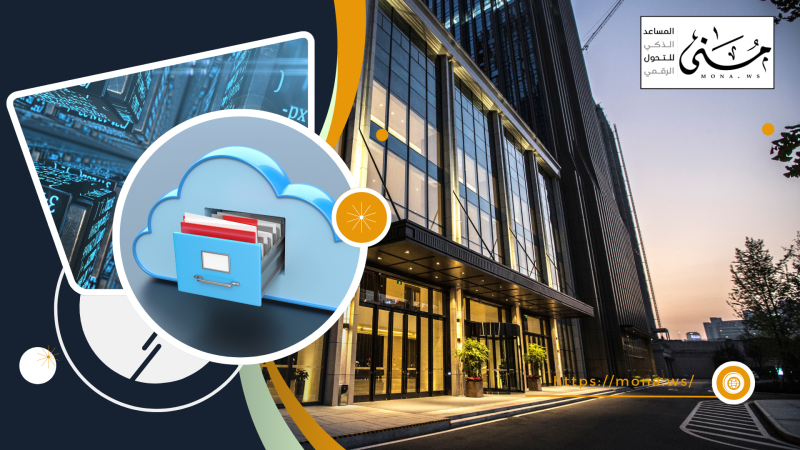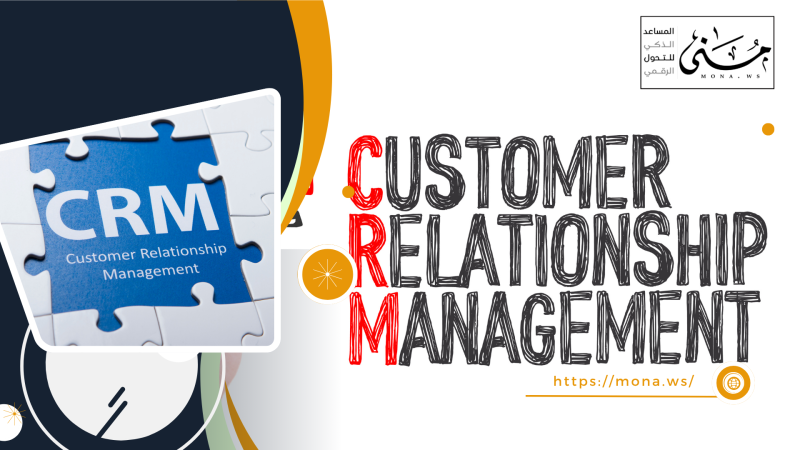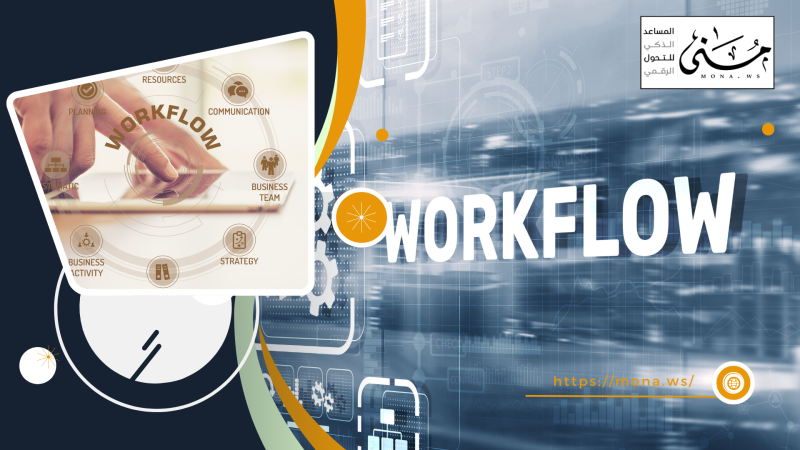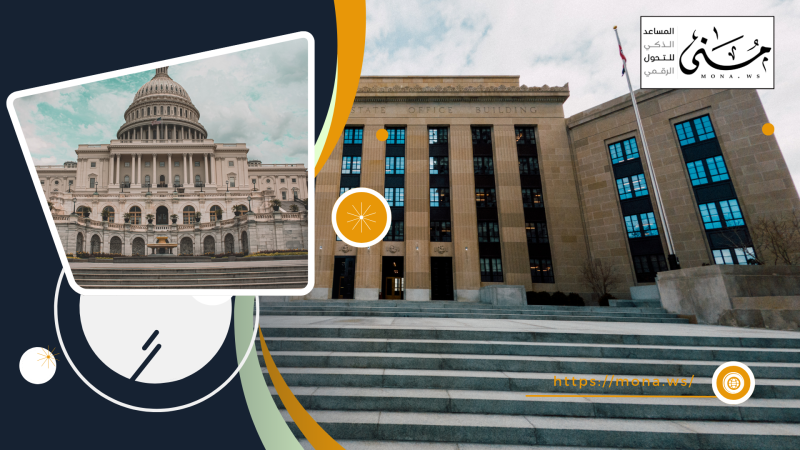Educational institutions are fundamental pillars in community building, and the success of the educational process largely depends on providing a suitable, safe, and effective environment for both students and teachers. This environment requires robust infrastructure and continuous maintenance to ensure smooth operations. This is where the role of maintenance request management comes in, which is not limited to merely fixing what's broken, but is a vital process to ensure the uninterrupted continuity of the educational process. This article reviews a comprehensive experience in managing maintenance requests at an educational institution, (fictional name: Al-Noor University), over a full academic year, highlighting the challenges, successes, and lessons learned.
The General Framework of Al-Noor University and its Previous System
Al-Noor University is a large public educational institution, accommodating over 20,000 male and female students across 15 faculties and institutes, in addition to a wide range of administrative buildings, laboratories, classrooms, and recreational and sports facilities. This vast area and diverse infrastructure present a significant challenge for any maintenance team. Before the start of this academic year, the university relied on a manual and rudimentary system for managing maintenance requests. Students and staff would submit requests verbally to maintenance personnel, or through paper forms delivered to the administration office. This system lacked transparency, tracking, and effectiveness, leading to frequent delays in response, loss of some requests, accumulation of breakdowns, and consequently, general dissatisfaction from beneficiaries. There was an urgent need for a more organized and efficient system to ensure a stable educational environment.
Launching and Implementing a New Electronic System for Maintenance Management
Driven by this urgent need, Al-Noor University's administration made a decisive decision to develop an integrated system for managing maintenance requests. The primary motive was to improve the quality of services provided, reduce response time, and increase transparency in handling issues. A dedicated electronic system (CMMS) was chosen, inspired by the capabilities of systems like "Doc Suite" and designed to suit the university's size and complex needs.
The new system allows students, faculty members, and staff to easily submit maintenance requests via a dedicated online portal or a smartphone application. As soon as a request is submitted, it is recorded in the system and begins its lifecycle through its various capabilities:
-
Work Order Management: Each request is automatically converted into a work order, including details of the fault, location, priority, and responsible party for execution. This ensures organized task management and effective distribution among different maintenance teams.
-
Online Work Management: Maintenance teams can access work orders and update their status directly from the field via their tablets or smartphones, reducing paperwork and speeding up the response process.
-
Asset Management: The system links faults to specific assets (such as air conditioning units, lighting fixtures, laboratory equipment). This allows for tracking each asset's maintenance history and accumulated maintenance costs, aiding in repair or replacement decisions.
-
Spare Parts Inventory Management: The system integrates with a spare parts inventory database, enabling technicians to check the availability of required parts for a repair before heading to the site, and helping warehouse management track part consumption and plan purchases.
-
Supplier Management: If an external supplier is needed to fix a specific fault or provide specialized spare parts, the system facilitates coordination with suppliers, tracking purchase orders and services provided by them.
-
Preventive Maintenance: Based on data collected by the system about recurring faults and asset age, automatic preventive maintenance schedules can be programmed for critical equipment, reducing the likelihood of unexpected breakdowns.
-
Safety and Compliance: The system includes checklists and procedures to ensure maintenance teams adhere to safety standards during work, and helps document compliance with local and international regulations.
-
Reporting and Analytics: The system provides dashboards and comprehensive reports on maintenance performance, such as average response time, number of faults by type and location, maintenance costs, and team performance.
-
Service Management: The system allows for logging other service requests not limited to direct faults, such as requests for new equipment installation or internal transportation services, and tracking them through the same mechanism.
The implementation wasn't just about launching the system; it also included an intensive training and awareness campaign. Workshops were held for maintenance staff to train them on using the new system, logging faults, and updating their status. Detailed guidelines were also published for students and staff on how to use the online portal and submit requests correctly, emphasizing the importance of immediate reporting of any fault to contribute to a better educational environment.
Stages of the Experiment During the Academic Year
The experience of managing maintenance requests using the new system spanned a full academic year, witnessing different stages of challenges and developments:
First Month/First Quarter: Establishment Phase and Initial Challenges
The academic year began with a large influx of requests, especially those related to minor faults accumulated during the summer break. The initial period was full of challenges; the maintenance team faced some difficulties adapting to the new system, and there were some delays due to incomplete data in certain requests, or unclear roles in some cases. Common faults during this period included lighting issues, minor water leaks in restrooms, and malfunctions in old air conditioning units. The administration immediately took corrective actions, such as appointing responsible personnel for each department to ensure request tracking, holding additional training sessions for maintenance teams, and intensifying awareness campaigns for users.
Mid-Academic Year: Stabilization and Improvement Phase
By the middle of the academic year, things began to stabilize significantly. The number of incomplete requests decreased, and response times improved considerably. The maintenance team became more efficient in using the system and prioritizing faults. Regular reporting and analytics enabled facilities management to obtain valuable data on the most frequent types and locations of faults, allowing for the identification of infrastructure weaknesses and the initiation of preventive maintenance programs. For example, data showed that a high percentage of AC unit failures were concentrated in specific buildings, prompting the university to allocate a budget for replacing old AC units in those buildings during the upcoming break. There were notable success stories, such as repairing a major electrical fault in a main lecture hall just hours before an important exam, which saved the university from a significant problem.
End of Academic Year: Final Evaluation Phase
At the end of the academic year, a comprehensive evaluation of the maintenance request management system's performance was conducted. Statistics showed significant improvement:
-
Total number of requests received: 8,500 requests.
-
Average initial response time: Decreased from 48 hours to 8 hours.
-
Percentage of successfully resolved faults: 95%.
-
Most frequent faults: AC issues (25%), electrical faults (20%), plumbing faults (15%). While the system achieved great success, persistent challenges remained, such as dealing with recurring faults in some very old equipment and effective coordination with external contractors for major projects.
Lessons Learned and Ongoing Challenges
This experience proved that investing in an effective maintenance request management system is not a luxury but a necessity. The key successes included:
-
Increased Efficiency: Organized maintenance operations and better prioritization thanks to work order management and online work management.
-
Reduced Downtime: Quick fault resolution, minimizing their impact on the educational process.
-
Increased User Satisfaction: Ease of reporting and quick response boosted confidence in university services.
-
Transparency and Tracking: The ability for everyone to monitor the status of requests.
-
Improved Decision-Making: Providing accurate data and statistics through reporting and analytics helped prioritize preventive maintenance and future infrastructure investments, as well as more effective asset management.
However, there are still ongoing challenges that need to be addressed:
-
Budget: The need for a larger budget for high-quality spare parts and updating old equipment, which can be better supported by spare parts inventory management.
-
Specialized Workforce: Shortage of qualified maintenance technicians in some specialties.
-
Preventive Maintenance: Despite improvements, there is still a need to expand the scope of preventive maintenance programs more deeply to reduce future faults.
-
Coordination with Contractors: Improving contracting mechanisms and coordination with external companies by enhancing supplier management.
-
Continuous Feedback: The importance of collecting and analyzing user feedback to continuously improve the system and the team.
Recommendations and Future Proposals
Based on the lessons learned from this academic year, several recommendations can be made to ensure continuous improvement:
-
Enhance System Capabilities: Maximize the utilization of system modules to strengthen scheduled preventive maintenance, improve spare parts inventory management to reduce shortages, and deepen asset management to better understand the lifecycle of each piece of equipment.
-
Invest in Human Resources: Provide continuous training programs for maintenance teams and attract specialized competencies in diverse service management.
-
Allocate Budgets: Increase the budget allocated for preventive maintenance and regular infrastructure updates, based on accurate reporting and analytics.
-
Establish Key Performance Indicators (KPIs): Define clear metrics to periodically measure the performance of the system and the team, such as average repair cost, average equipment lifespan, and the effectiveness of work order management.
-
Improve Compliance and Safety: Ensure the application of the highest safety and compliance standards in all maintenance operations.
-
Enhance Communication: Establish effective communication channels between facilities management and faculties and departments to ensure their needs and expectations are understood.
-
Emergency Plans: Develop emergency response plans for major faults that could significantly impact student safety or the educational process.
Conclusion
In conclusion, Al-Noor University's experience demonstrates that effective maintenance request management is the cornerstone of providing a safe and stimulating educational environment. The transition to an integrated electronic system, with its comprehensive capabilities such as work order management, spare parts inventory, asset management, preventive maintenance, safety and compliance, reporting and analytics, service management, online work management, and supplier management, was not just a procedural change, but a cultural transformation that enhances efficiency, transparency, and accountability. Despite the challenges faced by the university, the experience proved the administration's ability to learn, adapt, and continuously improve. With commitment to future recommendations, Al-Noor University can continue to enhance the quality of its infrastructure, thereby supporting its educational and research mission more effectively, affirming that maintenance is not just a cost, but an investment in the future of generations.









Comments
Add New Comment